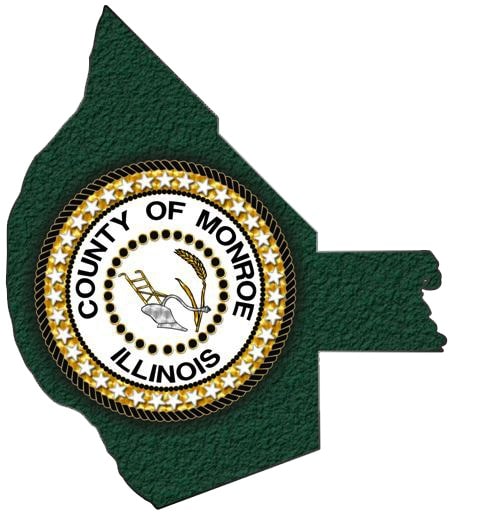How do they do it? Determining property taxes

Monroe County sent out assessments in the spring, which means property tax bills for the calendar year 2012 will be the next shoe to drop. Tax bills — some 18,000 of them in this county — may be mailed out by the middle of next month.
Real estate taxes are not as large as federal and state income tax levies and sales taxes, which are deducted or paid throughout the year as items are purchased and paychecks are earned. Property taxes come in one large bite, which can be paid off in one or two installments.
Property taxes are also called “ad valorem,” which is Latin, for “according to value.” The state hasn’t assessed property taxes since 1932 — that job is left to the counties.
Of the surrounding counties, including Bond, Calhoun, Clinton, Jersey, Macoupin, Madison and St. Clair, Monroe County registered the lowest residential and commercial tax rates in 2011, which is the last year for which records are available.
Property values are based on observations and calculations by the county assessor’s office, headed up by Carl Wuertz. Tax assessments for 2012 were mailed several weeks ago, and such taxes are targeted to be at a rate of 33.33 percent of the market value of a property.
Here’s how the local taxing process works:
Taxing districts project budgetary needs for the coming year and submit the amounts they need to the county clerk in a document called a tax levy. The county is divided into taxing districts to accommodate different types of budgets.
When the approved tax levies for each tax district are received by the county clerk’s office, headed by Dennis Knob- loch, the final percentage is computed.
Taxing districts that are a part of everyone’s property tax levy include Monroe County, Southwestern Illinois College, and applicable public school districts and fire districts. For residents and businesses in cities, villages and individual road and levee districts, there are additional taxes. The services actually used by a property owner in a given year don’t matter – the costs are spread over an entire tax district.
Finally, the assessed property value, which is the 33.33 percent of a property’s market value, is multiplied by the tax rate determined by the county clerk’s office and the tax bills are on their way.
When property values fall, as they have throughout the county, the tax rate may increase somewhat to ensure the required funding is collected for each tax district. If the values are rising, the tax rate may fall. The end result is pretty much the same.
Then there are multipliers. These are efforts to ensure that properties are assessed fairly. The state issues multipliers to each county to balance taxing burdens among the counties. Each county further performs this function to balance rates within the county. The multipliers inflate or deflate all property values to reflect actual sales prices versus assessed values.
Last week, Monroe County was issued a final multiplier of 1.0000 by the Illinois Department of Revenue (see separate article in this week’s edition).
There’s also a function called equalization. This is a method to ensure equal tax burdens for equal property values. Its purpose is to ensure state grants for highways, education and public assistance are administered fairly.
The largest amount of property taxes are designated for school districts. For example, $1,320 of a Waterloo property taxed at $2,000 in 2011 was paid to the Waterloo School District. The county government came in a distant second, at about $275 in this example.
Other taxing districts received even smaller chunks — $140 for roads, $120 for SWIC, and $45 for the fire department.
Residents in cities and villages pay somewhat different amounts, but also receive added services, such as libraries.
For more information on how property taxes are determined, visit www.revenue.state.il.us/Publication/PIOs/PIO16.pdf for a summary of the process.






